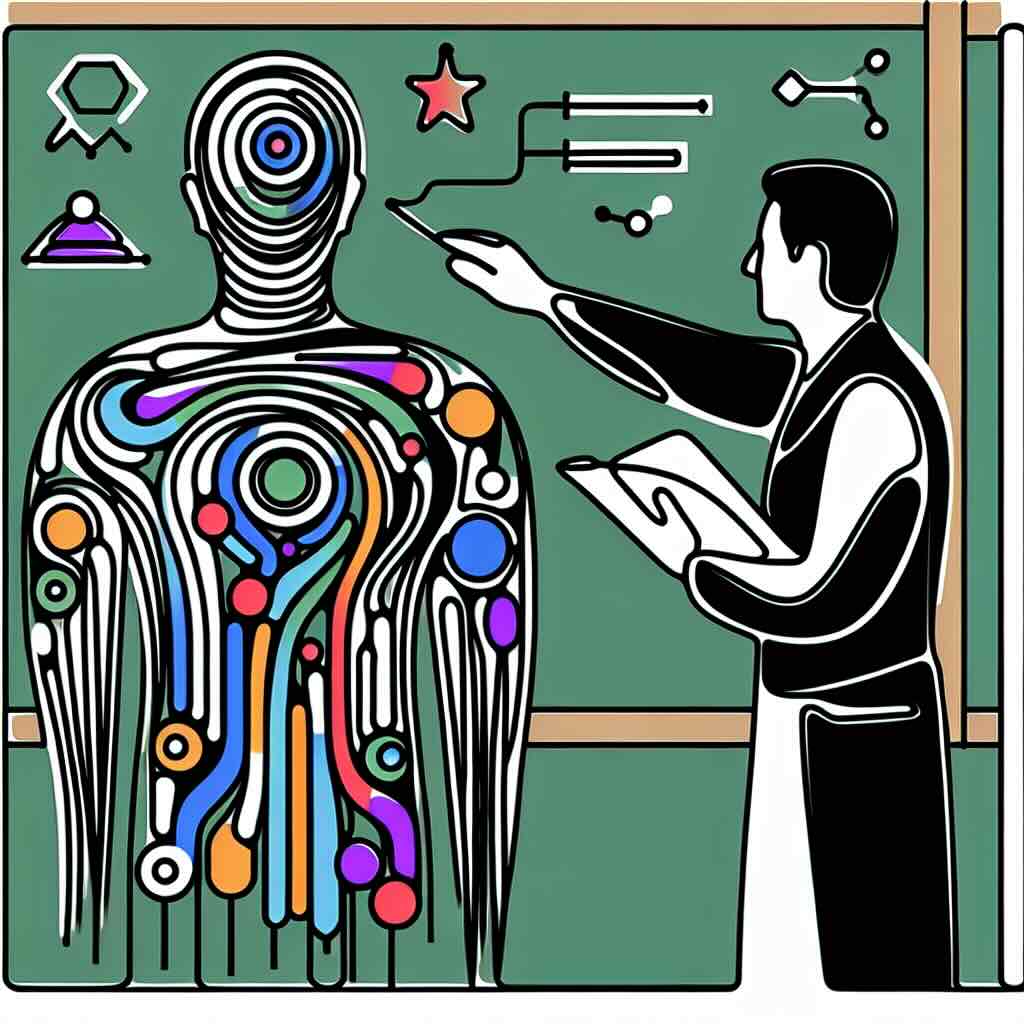Co-designing learning experiences with learners is an innovative approach to creating more impactful and tailored educational content. By involving learners in the design process, instructional designers can ensure that learning experiences are engaging, relevant, and effective. This blog post explores the benefits, risks, and practical steps to begin co-designing with learners.
Table of Contents
1. Introduction to co-design with Learners
2. Benefits of co-designing Learning Experiences
3. Potential Risks and Mitigation Strategies
4. One Thing You Can Try Today: A Quick Co-design Exercise
5. Conclusion and Next Steps
6. Call to Action
7. Related Topics
Introduction to Co-design with Learners
Co-designing with learners places them at the heart of the educational experience, ensuring that the content and methods used truly meet their needs. This collaborative approach leverages the insights and experiences of learners to craft more relevant, engaging, and effective learning environments. In a traditional educational design model, instructors or instructional designers often make decisions without direct input from the learners. Co-design shifts this model, inviting learners to the table as equal partners in crafting their educational journeys.
By adopting a co-design approach, educators can step away from a one-size-fits-all mindset and embrace diversity and inclusivity. This method respects and values the voices of all participants, enabling the creation of learning experiences that resonate more deeply with a broader audience. Moreover, co-design can foster a sense of ownership and investment in learners, as they see their ideas and feedback directly influencing their learning paths.
Benefits of Co-designing Learning Experiences
One of the primary benefits of co-design is the creation of more personalised learning experiences. When learners actively contribute to the design process, they bring unique perspectives and knowledge that can help shape content to be more relevant and meaningful. This personalisation enhances engagement and motivation, as learners feel that the material is directly applicable to their interests and goals.
Another significant benefit is the improvement of learning outcomes. Studies have shown that when learners are involved in the design process, they develop a stronger connection to the material, leading to deeper understanding and better retention. Additionally, co-design can help identify and address potential barriers to learning, ensuring that content is accessible and supportive for all learners. This collaborative approach also promotes critical thinking and problem-solving skills, as learners navigate the complexities of the design process.
Finally, co-design fosters a sense of community and collaboration. When learners work together with educators to create content, they build relationships and networks that can support their learning journey. This collective effort can create a more inclusive and supportive learning environment, where everyone feels valued and heard.
Potential Risks and Mitigation Strategies
While co-designing learning experiences offers numerous benefits, it is not without its challenges and risks. One potential risk is the possibility of conflicting ideas and priorities among learners and educators. Different perspectives can lead to disagreements or a lack of consensus, which may complicate the design process. To mitigate this, it is essential to establish clear communication channels and consensus-building strategies.
Another risk is the potential for increased time and resource demands. Co-design often requires more time for planning, collaboration, and iteration compared to traditional design methods. Instructional designers must be prepared to invest additional effort and resources into facilitating the co-design process. This can be managed by setting realistic timelines, clearly defining roles and responsibilities, and leveraging digital tools to streamline collaboration.
There is also the risk of unintended bias or exclusion. If certain voices dominate the design process, it can lead to content that does not fully represent the diversity of the learner population. To address this, it is crucial to ensure that a diverse and representative group of learners is involved in the co-design process. Actively seeking out and valuing different perspectives can help create a more inclusive and equitable learning experience.
One Thing You Can Try Today: A Quick Co-design Exercise
To get a taste of co-designing with learners, try this quick exercise: set up a brainstorming session with a small group of learners. Ask them to identify one topic or module they find challenging or lacking engagement. Together, brainstorm ways to improve this part of the course. Encourage learners to think about different formats, activities, or resources that could make the content more engaging and accessible. Take note of their suggestions and consider how you might incorporate their ideas into your next course iteration.
This exercise not only gives you valuable insights into your learners' needs and preferences but also shows learners that their input is valued and taken seriously. This simple step can be the starting point for deeper and more sustained co-design efforts.
Conclusion and Next Steps
Co-designing with learners is a transformative approach that can lead to more personalised, engaging, and effective learning experiences. While it comes with challenges, the benefits of increased relevance, improved learning outcomes, and a stronger sense of community make it a worthwhile endeavor. By starting small and gradually involving learners in the design process, you can begin to reap the rewards of this collaborative approach.
Try it Yourself
1. Assess: Evaluate your current instructional design processes and identify areas where learner input could enhance the experience.
2. Plan: Organise a small co-design session with a diverse group of learners to gather feedback and insights on specific course elements.
3. Implement: Incorporate the feedback from your co-design session into your course design and monitor the impact on learner engagement and outcomes.
Related Topics
1. Collaborative Learning Strategies
2. Inclusive Design in Education
3. Agile Methods in Instructional Design
4. Learner Engagement Techniques
5. Utilising Learner Feedback in Course Development







